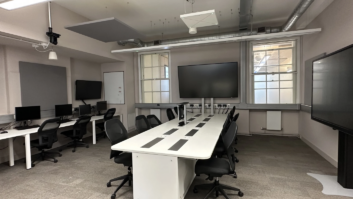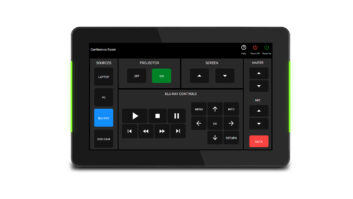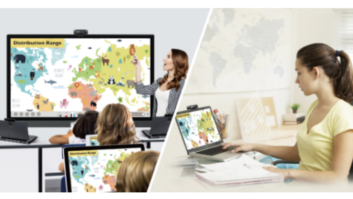
Chris Waterworth offers his tips on the key tools for this modern learning technique.
1. Screencasting applications: such as Explain Everything or Vittle. Easily create ‘on the go’ videos and upload them to the web to share with students
2. Video sharing: using YouTube or Vimeo is essential for sharing content. Find a platform that all your students can access on multiple devices
3. Video camera/tripod: a quality video camera is essential if modelling something on a whiteboard. Just because you can read it in the classroom, doesn’t always mean you can on video
4. Video editing: iMovie or other video editing applications are essential to producing quality videos for your students
5. Pen drives and DVDs: if students can’t get online at home, give them a DVD or pen drive with the content on
6. Social media: sign up for Edmodo or Showbie to allow students to share content and get feedback. Posting the videos directly in one place cuts down the workload for you and your students
7. Email: get a school email address that parents and students can use to contact you with any questions they may have about the flipped learning
8. Tablets/laptops: having these available in the classroom for on the go video access, research and publishing is essential. Independent access to content is crucial to breeding the ethos of a flipped classroom
9. EduCanon: having the ability to embed questions into your flipped videos and receive feedback from them is a great way to make sure your students are watching the content before the session
10. MOOCs: using online MOOCs is a good way for students to drive their own learning without the input of a teacher in the classroom







